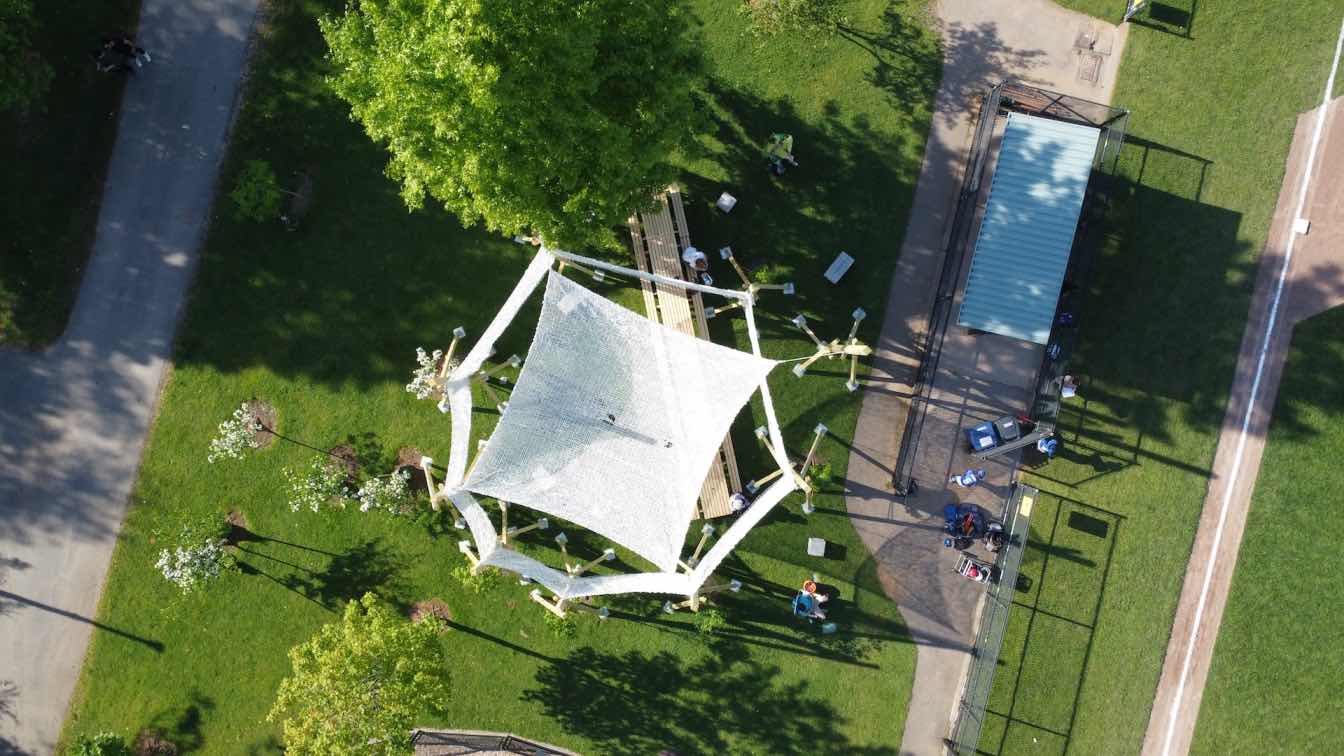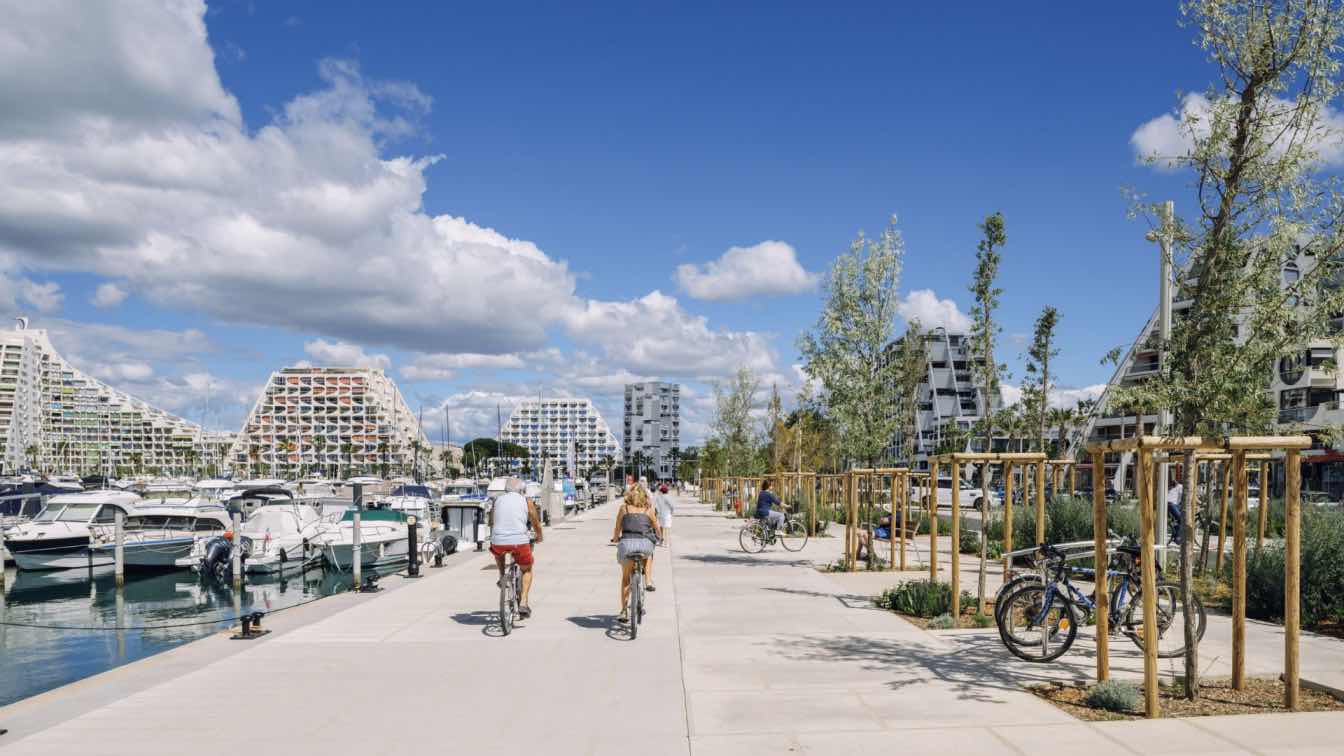Alsar Atelier: Like most urban environments, Cambridge is subject to the inevitable effects of climate change and seemingly growing socioeconomic inequities within urban planning of the public realm. These phenomena often affect communities living in neighborhoods that were not originally planned for high population density and lack shaded infrastructure for their inhabitants during the summer months.
Growing Shade, part of the “Shade is Social Justice” initiative promoted by the City of Cambridge, is a prime example of how ephemeral, low-tech, and tactical architectures can provide permanent solutions for inequities in our cities through the growth of landscape. The project, designed for a community of Bangladeshi immigrants who lack shaded spaces in their neighboring public areas, is defined as an outdoor community room with flexible use for user appropriation during the summer months.
This community room, built by A1RE, is projected as a gradually disappearing framework for tree growth. The space is composed of a set of columns that reinterpret tree stakes, commonly used as support for young trees, at an architectural scale. These columns are arranged along a circumference in varying densities to most effectively address the sun path in the northern hemisphere, with a higher density of columns in the south of the enclosure and a lesser density in the north.
Moreover, these columns are connected with a lightweight textile that provides shade to activate the project while the trees grow. This textile is designed for quick and easy assembly as it will be removed during the fall and winter months and placed again during the spring and summer months until the trees are fully grown. Eventually, the trees will be large enough to provide the community with a permanently shaded community room, and the architecture will disappear, potentially moving to another site to create an additional shaded community room.
With a construction time of less than a week, Growing Shade is an innovative and immediate proposal that showcases the value of transient, low-cost, and ad-hoc architectures in mitigating inequities in the public realm of our cities.



























